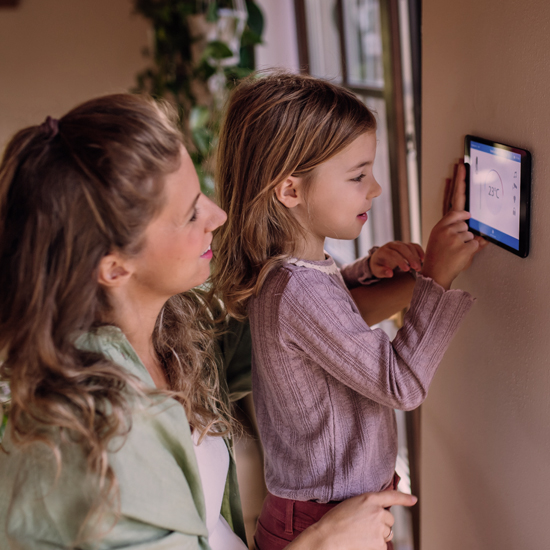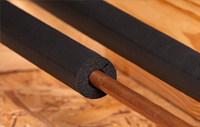
As temperatures start to drop, it’s time to think about preparing your home for the colder months. Whether you live in the frosty North or the milder South, these tips will help keep your home comfortable, energy-efficient and protected from winter’s chill.
- Seal air Leaks. Check for drafts around windows, doors and other openings. Use weatherstripping, caulk or foam sealant to close gaps. This simple step can significantly reduce heat loss and lower your energy bills.
- Insulate, insulate, insulate. Proper insulation is crucial for maintaining a warm home. Focus on your attic, as heat rises and can easily escape through an under-insulated roof. Consider adding insulation to walls and floors above unheated spaces too.
- Service your heating system. Schedule a professional inspection of your furnace or heat pump. Regular maintenance ensures your system runs efficiently and safely. Don’t forget to change or clean filters monthly during the heating season.
- Reverse ceiling fans. Most ceiling fans have a switch to reverse the blade direction. In winter, run them clockwise to push warm air down from the ceiling, improving overall room temperature without cranking up the thermostat.
- Clean gutters and downspouts. Remove leaves and debris from gutters to prevent ice dams, which can cause water to back up and damage your roof or walls. And make sure downspouts direct water away from your foundation.
- Prep your outdoor spaces. Store or cover patio furniture, grills and delicate plants. Drain and store hoses and shut off exterior water valves to prevent freezing.
- Check your safety devices. Test smoke and carbon monoxide detectors, replacing batteries if needed. With heating systems running and windows closed, these devices become even more critical.
- Upgrade to a programmable thermostat. If you haven’t already, consider installing a smart or programmable thermostat. These devices can automatically adjust temperatures to save energy when you’re asleep or away from home.
- Create an emergency kit. Prepare for potential winter storms by assembling an emergency kit that includes essentials like flashlights, batteries, non-perishable food, water and warm blankets.
By taking these steps, you’ll not only make your home more comfortable during the cold months but also potentially save on energy costs and prevent costly repairs. Remember, a little preparation goes a long way in ensuring a cozy, worry-free winter season. What are your tips and suggestions to prepare for the cold season? We’d love to hear what you think! Share your ideas with the Shop Talk community.

Did you know? Don’t forget the pipes!
Frozen pipes can lead to costly damage. It’s important to insulate exposed pipes in unheated areas like basements, attics and exterior walls. On extremely cold nights, let faucets drip slightly to prevent pipes from freezing.

same thing